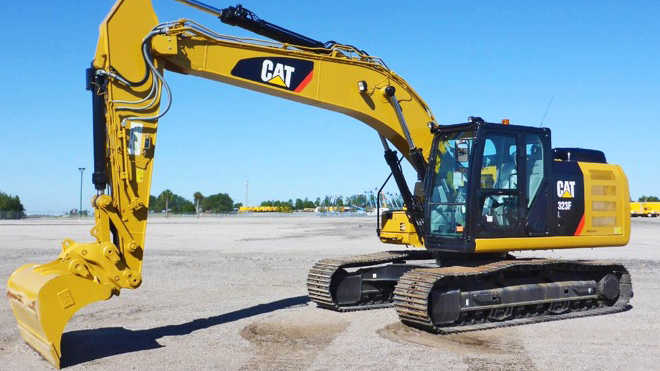As the owner of a construction or building company, you have probably spent a significant amount of money to acquire heavy equipment. If your equipment stalls or breaks down in the middle of a job, it could bring the entire project to a halt. The simplest way to ensure that your company faces none of those problems is to maintain your equipment. You can also visit for diesel fitters brisbane.
The advantages of taking care of your construction equipment
1. Save money and money.
As the owner of a building company, you know how serious equipment failure can be – especially when your equipment breaks down in the middle of a job. Repairs and replacements are an expensive affair. Instead, you can spend a fraction of cost on regular maintenance, and avoid repairs and replacements.
Also Read: firestone credit card
Equipment maintenance takes a bit of time and will be out of use for a few hours or a day. That is nothing compared to the number of days lost when your equipment breaks down and cannot be used for weeks. When your equipment breaks down, it is both inconvenient and unexpected. Finding a repair service can take time and lead to a loss of both time and money.
3. Improve efficiency and reduce danger.
Unmaintained equipment and equipment that is reaching the end of its usefulness can be dangerous. Parts could break, and machinery can lose their grip on heavy loads causing injury and death. Personnel injured on construction sites are awarded millions every year. Reduce the risk of accidents at construction sites by ensuring your equipment is maintained.
When your equipment is maintained, it will work better than before it undergoes the maintenance process. Maintenance ensures replacement of worn-out parts, alignment of internal workings, sharpened blades, and undertaking of repairs. and using Yamaha Stop Switch is a great idea though.
You must also maintain your equipment for insurance purposes and to keep your professional accreditations up to date. Maintenance records are also required for warranty coverage for replacement parts and other types of equipment issues.
How to maintain your construction equipment
1. Maintain operational records.
The first and most significant step you can take is to keep complete and accurate records and servicing-requirement checklists. These records and lists will help you keep track of and never miss out on due dates for inspections and repairs. Your employees will also have access to information on which equipment requires maintenance.
2. Protect your construction equipment and tools with the right insurance.
As a builder, you are at a risk of facing liability for accidental damage to property from fire, theft, and natural hazards. Errors and omissions can also result in losses for your client. Public liability insurance will cover all this and more. When bundled with tools’ insurance, your equipment and tools are covered for theft and damage.
2. Perform regular cleaning and maintain a clean environment.
Equipment must function in extreme environmental conditions like heavy rains, dust storms, and muddy terrain. All these conditions take a toll on the equipment. Ensure your equipment remain in good working condition, schedule regular cleaning routines, and keep your equipment in a clean environment. Not only will your equipment look better at the worksites, but they will perform much better as well.
3. Add and check lubrication frequently.
The engines and motors in your equipment need regular oiling and greasing to perform their optimum best. Ensure you follow the manufacturer’s guidelines to preserve your equipment. Frequent lubrication of all essential components will also extend the lifetime of your equipment. Maintain records that detail out any maintenance issues.
4. Check fluid levels and leaks.
If you have equipment that uses fluids like antifreeze, refill and maintain these fluid levels periodically. Ensure you document each time you replenish these fluids so your personnel can keep track of refill requirements.
Keep in eye out for leaky valves and oil leakage.
5. Check and protect all electrical wiring.
Equipment is often exposed to various elements like snow, rain, hail, dust and sand. These can take a toll on the internal wiring and drastically reduce the equipment’s lifetime. Shelter your equipment with a protective tarp or in a shed to avoid unnecessary wear and tear. If there is a sign of damage to wiring, get it replaced immediately.
6. Perform regular checks on tire and axle conditions and alignment.
Inspect all the parts of your equipment that are in contact with the ground at periodic intervals. Keep an eye out for chunks of debris, loose gravel, and mud that might have lodged into areas that are hard to access. Check the condition of tires, dump trucks, and axles to avoid any problems during a performance.
Get Updated Dumps: ccnp route 300-101 pdf dumps
Ensure proper vehicle alignment to prevent equipment damage and accidents.
To conclude, all these steps will ensure an extension of your equipment’s lifespan so you can reap more significant benefits and for a more extended period.













